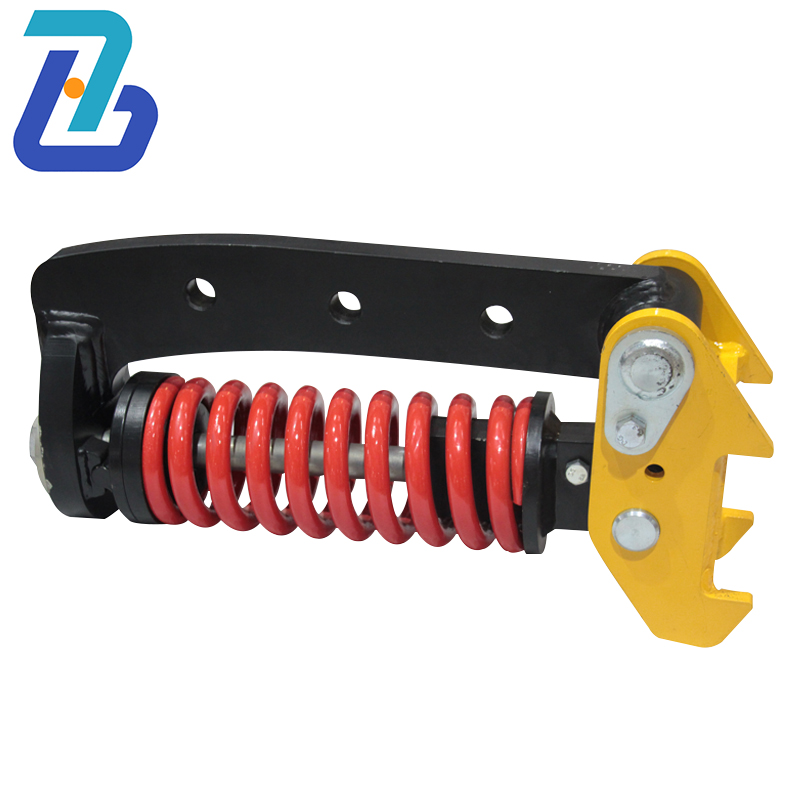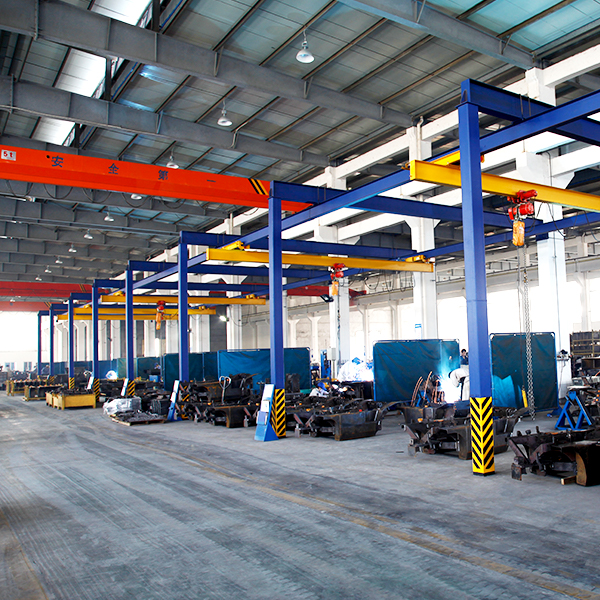For optimal manual plasma cutting outcomes, fabricators use a variety of gases for cutting different metal types. Images: Hypertherm
Air. When considering which gas to use with a manual plasma cutting machine, this is what pops into mind first, right? Fiber Laser Engraving Service

It is generally the most affordable, provides an easier setup, and is available widely. It is the go-to choice for most manual plasma cutting jobs, whether it be for cutting mild steel, stainless steel, or aluminum.
Compressed air is the gas many metal fabricators ultimately choose, but it isn’t the only option out there. Sometimes, those using oxygen, nitrogen, or other plasma gas blends have their reasons for bypassing the more popular option—reasons which should be considered in some cases.
For traditional hand-held plasma cutting applications, most people are cutting mild steel. Harry Mellott, project manager for Hypertherm Associates, said the most common plasma gas choice for cutting mild steel is compressed air.
Costs and availability tend to stand out with regards to air, said Soumya Mitra, engineering team leader for the Hypertherm design team.
“It's inexpensive, readily available. It makes air the gas of choice for a lot of customers,” he said.
Air’s chemical composition already includes 21% oxygen. The element’s involvement in the oxidation reaction adds heat to the cutting process. More heat ultimately impacts cut quality, Mitra said.
“This means you can go faster with air as opposed to nitrogen. If someone uses air, they can go slightly faster,” he said.
“Air is readily available at most shops—whether it’s clean, dry air is often the question,” Mellott added.
While air is all around and available for use, it does not necessarily come free of charge. Mellott said there is a cost associated with it. The dry air needed for plasma operations requires gas line maintenance to prevent condensation build-up and to ensure the system keeps the right pressure and flow, for instance. It’s recommended that an air plasma system have a dedicated compressor in place. It will require the proper maintenance and replacement of filters.
Shown is mild steel cut with air (top) and mild steel cut with oxygen (bottom). Oxygen provides an additional oxidation reaction that results in a faster cutting speed on mild steel material.
“One of the things people always say is ‘Well, I have great clean air,’ when in reality they may not,” Mellott said. “They just don’t generally understand the importance of clean, dry air for the cut quality and consumables life.”
Compressed air may be the most commonly used plasma gas when cutting mild steel, but it isn’t considered the best for that application. Many guides and articles point to oxygen as the better option.
Oxygen provides an additional oxidation reaction on mild steel material that results in faster cutting speeds compared to nitrogen and other gases, said Mitra.
“If somebody is manually cutting thick material, oxygen is beneficial because you can typically cut a little bit thicker. The edge finish is better with oxygen compared to even air,” he added.
However, using oxygen as a plasma gas comes with its own drawbacks. Plasma cutting systems that can use oxygen tend to be more expensive.
“The gases are metered, you have different-looking consumables, it produces a lot of heat, so you need additional cooling. They are typically not single-gas [systems], they have dual gas and coolant in order to manage that additional heat,” Mitra said.
“You are getting toward an expensive solution.”
Nitrogen can be used as a plasma gas, and Mellott and Mitra said its benefits stand out when cutting stainless steel or aluminum.
“One of the things that nitrogen benefits you, typically for stainless steel and aluminum, is it reduces the amount of oxidization that occurs. You don’t get the charred, black, dark edge. You get a much smoother edge as opposed to cutting with air,” Mitra said.
“Your surface quality really improves” with nitrogen, he added.
Stainless steel cut with air (left) and with F5 gas. The 95% nitrogen/5% hydrogen gas blend gives cuts a silver-color edge, good angle, and a sharp edge. The blend is recommended for stainless steel only.
Nitrogen is an inexpensive, readily available inert gas compared to other fuel gases. Usually, manual plasma systems are designed with nitrogen in mind as a potential plasma gas option.
Specialty Gas Blends for the Best Edge Quality
Manual plasma cutter users may opt for gas blends, especially when cutting stainless steel or aluminum.
One such blend is H35, a mixture of 35% hydrogen and 65% argon. Fabricators use H35 in very specific applications where the cuts cannot tolerate any oxidizing gas. Typically, it is used in certain process industries for stainless steel weld removal (gouging).
Mitra, though, said mechanized plasma cutting systems with multigas capabilities are better suited to make cuts using an H35 blend.
Another blend to consider is F5, which comprises 95% nitrogen and 5% hydrogen. Users typically opt for an F5 blend to cut material thinner than 3/8 in.
“It gives you a silver-color edge. It gives a really good angle and sharp edge,” he added.
However, its limitations include cost, availability in certain regions, thickness restrictions, and it is recommended for stainless steel only.
“There are not many benefits [on the nitrogen-hydrogen blend] when you go thicker,” he said. “And one of the cons is it’s expensive.”
Mitra said he’s seen more stainless steel fabricators choose this blend because they tend to prioritize cut quality.
“People who really care about the way the edges look choose F5,” he said.
See More by Rafael Guerrero
Rafael Guerrero. was named editor of The Welder in April 2022. He spent nine years as a journalist in newspapers in the Midwest and Pacific Northwest, covering topics and communities in central Illinois, Washington, and the Chicago area.
Read more from this issue
The Welder, formerly known as Practical Welding Today, is a showcase of the real people who make the products we use and work with every day. This magazine has served the welding community in North America well for more than 20 years.
Easily access valuable industry resources now with full access to the digital edition of The Fabricator.
Easily access valuable industry resources now with full access to the digital edition of The Welder.
Easily access valuable industry resources now with full access to the digital edition of The Tube & Pipe Journal.
Easily access valuable industry resources now with full access to the digital edition of The Fabricator en Español.
In this episode of The Fabricator Podcast, and in partnership with Miller Electric, Andy Weyenberg from Miller's motorsports...
© 2024 FMA Communications, Inc. All rights reserved.

Mig Welding Structural Steel Not yet registered? Sign up